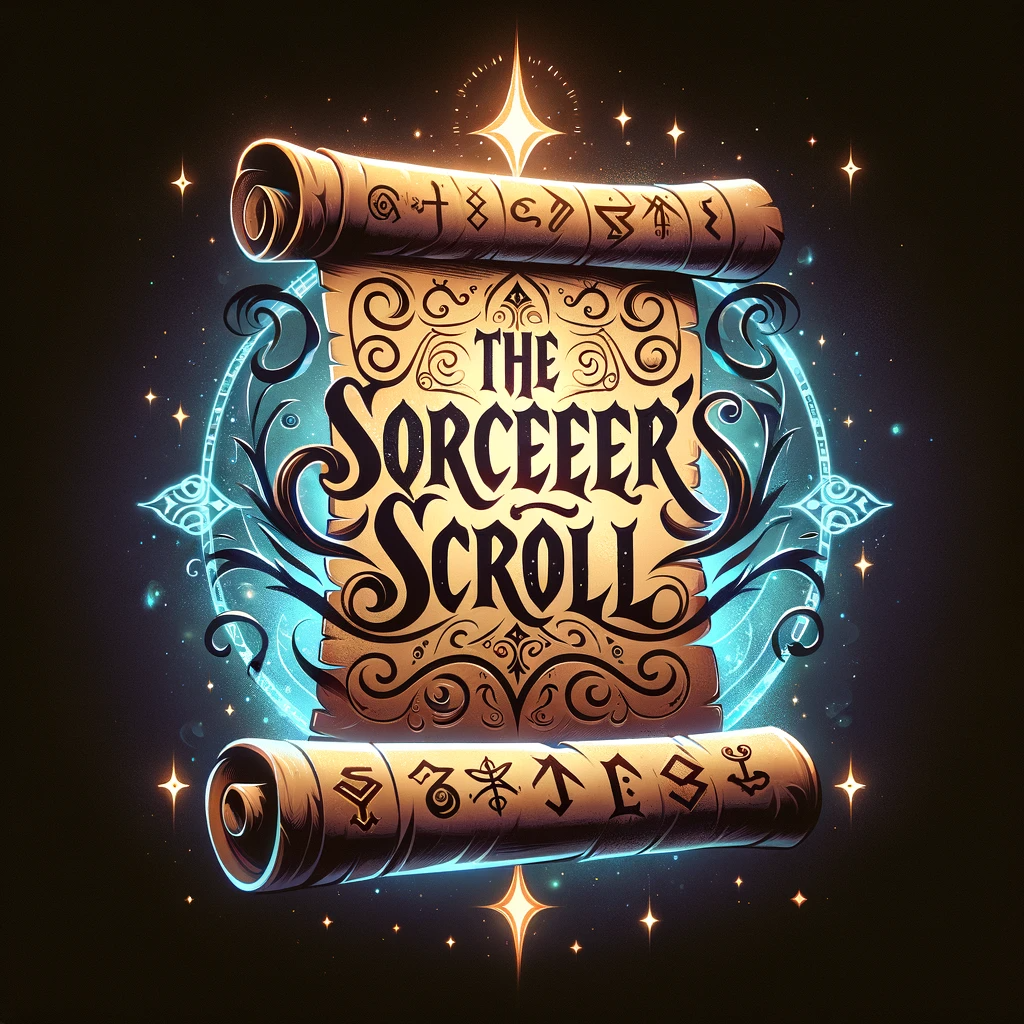Math itself seems to fly in the face of the creative process. In my fiction writer’s mind, I really don’t want to think about this when I’m in the process of getting the story hammered out, but it’s something I try to apply strictly during my revision process. Much like me, I am certain that math isn’t something many creative writers want to acknowledge, but there is truth in the statement: Novel writing is mathematical.
The bottom line is…it’s all about the patterns. If you can identify a specific set of patterns, you can make the experience predictable for your reader and create a fun, immersive experience. I have a friend who is a psychologist, and he often mentions that a key reason so many teens and young adults gravitate toward video games is that the patterns are predictable–mathematical even. While they may struggle in the ever-changing ways of life as they grow and develop, a video game seems like a safe space–whether they understand that to be the case or not. This phenomenon is largely due to the patterns. I’d surmise this is a truth for readers as well.

In the end, you want your reader to get into the flow of your novel and enjoy the story without worrying about the mechanics of how it’s delivered. The reader should feel like they’re walking through a manicured garden and enjoying the architecture along the way.
Application to Point of View (POV)
Whether you edit online content, websites, technical manuscripts, or fiction, as an editor, understanding the concept is critical. With one of my recent editing projects, it’s a topic at the forefront of my mind. The work is contemporary fiction, and I’m working with the author on consistency in POV (point of view). What I have discovered with this particular voice is that I am having to write specific formulaic patterns around how to help keep her consistent.
The work has multiple patterns, and if you have any experience in programming, you might recognize some of these constructs…
- If the scene only has a single person, then use 3rd Person Limited.
- If there are multiple people in the scene, then use 3rd Person Omniscient with an objective narrator (not close).
- At the beginning of a new section or the end of a section, this author has created a dynamic where the narrator slides close to one character and gives a punch of insight. This slide in POV is normally a big, fat no-no, but when you break the rules in your own consistent pattern, it can really make your voice ring loud and clear. In this case, it’s a highly effective technique.
Customarily, I’ll tell clients to stick to a single point of view throughout the work, or two at the most–the case with Romance novels specifically. However, this particular novel has a sweeping cast of characters and the primary voice is an objectively omniscient narrator. My challenge came with allowing the author to tell the story, giving necessary insights within specific boundaries.
Concerning Style Guides
The general, the purpose of a style guide is to increase the consistency of the content. When editing fiction manuscripts, discovering patterns in can entail the creation of a style guide. For this particular client, I’ve included the POV rules above in the personal style guide I’ve created for the work. In other cases, a created style guide would include naming conventions, specific spellings used in the work, a list of terms, names, locations, etc. Sometimes in dealing with style guides, they focus primarily on the language, including grammar, tone, and other mechanics. I found it interesting with this project that I needed to include POV. However, that’s where the consistency was necessary for the project.
Style guides increase consistency in your content.
Write The Docs
For further reading on the importance and application of style guides, I recommend this article: Style Guides by Write the Docs. It explores the different types of style guides, industry standard style guides, and some science behind the theory of consistency. It’s not specific to editing, but the principles apply. Here is one of my favorite points:
Our brains appear to be hardwired to identify differences – anything that stands out from its context will catch our attention. A lot of variation will drain our cognitive resources, making it more difficult for us to assimilate information. The degree to which cognitive resources are drained varies between people, but in
general it is a good idea to minimize the cognitive load of your communications.
Write The Docs
Tip for independent authors looking for an editor…
If you’re an independent author (especially fantasy or science fiction), you might want to inquire if your editor will provide you with a style guide as a part of their work or if they would like you, as the author, to provide what you have as a start to their style guide.
Resources
- Style Guides (cited above)
- Different Types of Point of View – a good basic description of the major different points of view. And while this article is technically accurate, I’d worry about the statement stating the Omniscient POV is natural. To do it well, I find that’s the hardest one for an author pull off well.
- Chicago Manual of Style – the “go to” for most fiction manuscripts.
- AP Stylebook – common for academic writing.
- Mailchimp’s Style Guide – A nice reference for online writing and newsletters. (I should probably brush up on this). This talks about writing for accessibility which is a key concept for reaching all audiences via the web.
Happy writing, happy editing, and see you back soon!

